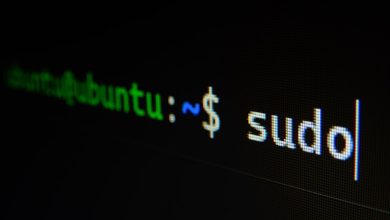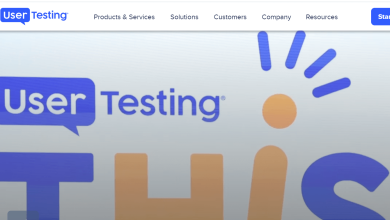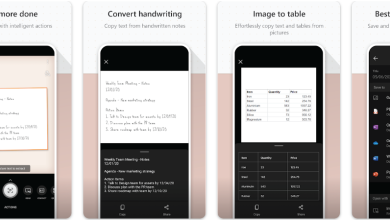Ultimate Showdown: Web Scraping vs. Web Crawling

Web scraping and web crawling are two popular terms you might have come across in your daily browsing. Distinguishing between the two is important, both have their uses in business but the two are kind of different, even if their names are unfortunately similar. Here we’ll offer clear definitions for both web scraping and web crawling as well as some use cases for both that should clarify the elementary differences between them. Let’s get started, shall we?
Defining web crawling and web scraping
Web crawling refers to the employment of special software known as crawlers, or bots, to scour the depths of the internet for web pages. A common example of a web crawler is the kind that search engines use to discover the hundreds of quadrillions of web pages that exist. A crawler would investigate a web page and take note of the several links embedded within, then it would explore each of these links, check the links within those pages, and so on.
In contrast, web scraping is the method of retrieving information from targeted sources. Say, for instance, that you wanted to know the general public’s sentiment regarding a new product you’ve launched. To figure this out, you’d use web scraping techniques to target certain websites and platforms relevant to your product – for example, social media sites or hobbyist forums – then program the web scraping software to extract the information you’re looking for.
So, in summary, web crawlers scour the web for general information regarding what websites exist, how many web pages they’re comprised of, and the websites they’re linked to for the purposes of mapping out the web. Web scrapers, on the other hand, look for very specific data and extract it, usually for analysis purposes in order to gain valuable insights.
Use cases for web crawling and web scraping
Both web crawling and web scraping have their uses in business, though they serve entirely different purposes.
Web crawlers, as explained above, are used to map the layout of a server, website, or even the entirety of the web. Search engines use web crawlers (also known as spiders) to browse web pages for the purpose of indexing them, sometimes even creating copies of visited pages to provide faster search results. Crawlers can also be used at a much smaller scale. For example, you could employ web crawlers to help facilitate maintenance of your company’s website by having them automatically flag dead links or double-check the validity of the HTML code.
Web scrapers are widely used in modern marketing campaigns to gather large volumes of very specific data for the purpose of gaining insights. The clearest example would be travel aggregator websites. Aggregators grab ticket and hotel prices from very specific targets, such as travel agents or hotel and airline websites, then store this data in their servers where they are prepared and delivered to the end user. Having all of this data on hand allows customers to quickly and easily compare ticket prices or plan their travel itineraries months ahead of time. A well-designed web scraper will quickly and automatically gather relevant data at predetermined intervals to ensure that the data stored in your server is always up-to-date.
Web scrapers can be much more complex than web crawlers depending on how difficult it is to obtain the information required. Some data, such as social media posts, can only be accessed with an active user account, and the web scraper software must be designed to perform all the additional tasks that brings, such as logging in to the social media platform, joining certain groups, following certain accounts, or liking certain pages. To add to the complexity, many websites are built with measures to counter web scraping techniques by using intricate algorithms to detect human and non-human activity. Any company hoping to employ a web scraper must have the know-how and understanding of how these anti-scraping measures work in order to ensure their web scrapers aren’t detected and subsequently blocked.
In conclusion…
Web crawling is a technique for mapping out a website, server, or even the whole of the web. It involves sending out web crawlers known as spiders that look through a web page for any outgoing or internal links then exploring these links for links of their own, and so on. Businesses can use web crawlers to automate web site maintenance tasks, such as checking for dead links and verifying code.
In contrast, web scraping is the technique of extracting specific data from the web for the purpose of gaining insights. You program the web scraper tool to look through certain websites for whatever information you’re looking for, be it user comments, account locations, ticket prices, or customer reviews. The process of extracting the data can become quite complex, and many websites implement anti-scraping measures that the user must understand in order to access the data they’re looking for.




